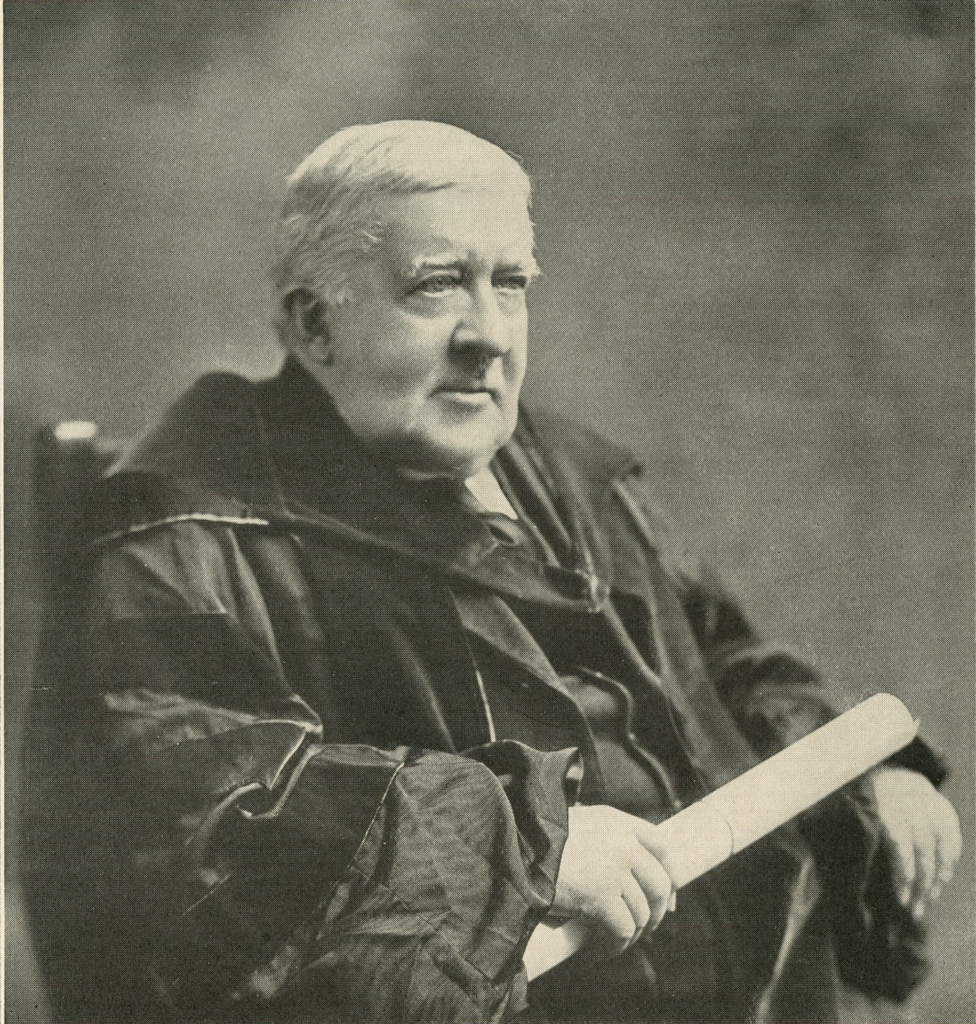ON the twelfth of February the news came of the death of Dr. Charles Custis Harrison, who, from 1917 to 1929, was President of the Board of Managers of the MUSEUM OF THE UNIVERSITY OF PENNSYLVANIA, having previously served the University as Provost from 1894 to 1911 and as Trustee of the University from 1876 to the day of his death. In the history of American education, there is probably no record of loyal, fruitful, unselfish service to an institution that excels the record of Dr. Harrison.

Charles Custis Harrison was born in Philadelphia in 1844. Receiving his early education at the Protestant Episcopal Academy, he entered the University of Pennsylvania in 1858, receiving the degree of Bachelor of Arts at the commencement exercises in 1862, and as the honour student of his class, he delivered the Greek oration.
After graduation, Mr. Harrison entered the sugar business, being connected with the Franklin Sugar Refining Company from 1862 until his retirement from its presidency in 1892.
Elected a Trustee of the University of Pennsylvania in 1876, he served as such until his death on February 12, 1929, a period of fifty-three years.
In 1894 he was elected Acting Provost of the University and in 1895 Provost, from which office he resigned in January, 1911. During the period of his Provostship the University grew and prospered in every way. In addition to the establishment of the George Lieb Harrison Foundation for the encouragement of liberal studies and the advancement of knowledge with an initial fund of $500,000, which at the present time has accumulated until it now represents over $1,000,000, Dr. Harrison was directly responsible for the erection of the following buildings put up during his term as Provost: Twenty-eight Dormitory Houses, John Harrison Laboratory of Chemistry, William Pepper Clinical Laboratory, Randal Morgan Laboratory of Physics, Medical Laboratory Building, Law School, Astronomical Observatory, Zoological Building, Engineering Build-ing, Dental School. Houston Hall, UNIVERSITY MUSEUM, Gymnasium and Franklin Field, Athletic Training House, Veterinary Building, New Clinical Building of the Hospital, Isolation Building, Annex to Laboratory.
Since that time there have been erected Bennett Hall and the Irvine Auditorium, funds for both of which came to the University as a result of Dr. Harrison’s great influence. It is interesting to know that over $11,000,000 was raised by him for the University.
Upon his retirement from the Provostship in 1911, Dr. Harrison devoted himself to the financial problems of the UNIVERSITY MUSEUM, becoming President of its Board of Managers in 1917, which office he held at the time of his death. Under his care and direction, the MUSEUM became one of the great institutions of its kind in the world. Two important wings have been added to its building and innumerable treasures of the race added to its collections. As President of the UNIVERSITY MUSEUM, Dr. Harrison was instrumental in raising for all purposes a sum amounting to $4,000,000. During his lifetime, Dr. Harrison received the degrees of A.B., University of Pennsylvania, 1862; A.M., University of Pennsylvania, 1865; LL.D., Columbia 1895, Princeton 1896, Yale 1901, University of Pennsylvania, 1911.
The achievements of a great man must be set down so that those who come later may know why his memory is preserved, what were his accomplishments and wherein he may be emulated.
To some of us Dr. Harrison will always be set apart, a personality who has entered our consciousness to influence our minds, our hearts and our souls for all times. We know of his integrity, of his acumen, of his ability, of his generosity, of his kindliness—such knowledge is a blessing.
JOSIAH H. PENNIMAN.

